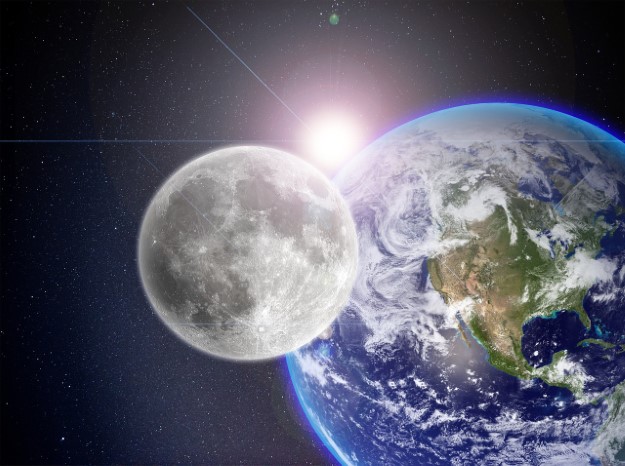A traveler through centuries and the universe: Milutin Milankovic

In just a few days, the anniversary of the birth of genius mathematician, astronomer, climatologist, geophysicist, civil engineer, and doctor of technical sciences is approaching. It is, of course, none other than Milutin Milanković. This text is a modest contribution to the intellectual legacy he has left behind to the world.
Now I’m sitting, perhaps for the last time, in the pavilion of my garden and writing these lines… Wealth can take different forms, so it doesn’t always have to be material, but it can also be spiritual. If we allow it to be that, then even as a homeless person I will not be poor.
And indeed, he left a valuable legacy to the human race. The printing of one of the greatest works of science, “The Canon of the Earth’s Insolation and its Application to the Problem of the Ice Ages”, was completed four days before the start of the German bombing of Belgrade in 1941.
In the process, the printing house was also destroyed, so the last pages of the book had to be reprinted. The work lasted practically several decades, and the author has somehow remained in the shadow of the achievements of some other big names who have given our speaking space to this day.

Perhaps mostly because of the abstract nature of the subject Milanković dealt with. Unlike Tesla, who is easily recognized by everyone as the man who “invented electricity”, Milanković was never easy to explain and trivialize.
But it was not simple even during his lifetime. Although he expected recognition for his work at the scientific congress in Rome in 1953, it did not come. Even his presentation was then interrupted by the chairman and no discussion was allowed on that topic. His comment was that if his theory was correct, the future would recognize it.
And indeed, ten years after his death, confirmations and acknowledgments for his theory began, and several different scientific projects and research showed that he was right. Today, Milanković’s cycles represent a scientific term that is used all over the world, and the explanation along with animations is also available as regular literature on the NASA website.
In honor of Milanković, a crater on the Moon was named after him, then a crater on Mars, and it also has its own asteroid – a celestial body with a diameter of 31 km called 1605 Milankovitch.

Milanković came to the conclusion that the long-term climate on Earth is affected by the change in the position of the Earth in relation to the Sun, and thus also affects the beginnings and ends of ice ages. He divided them into three types.
- First, depending on the shape of the Earth’s orbit (the Earth does not revolve around the Sun in an ideal circle),
- secondly, depending on the angle of the Earth’s axis (the Earth does not stand straight, but is tilted, and this angle changes periodically)
- and the third is that the Earth rotates, or rather it wobbles a little around its axis due to the influence of the gravitation of the Sun and the Moon.
The first occurrence or eccentricity of the Earth’s orbit is due to the action of the gravitation of the largest planets in the solar system, Jupiter and Saturn.
Thus, the Earth orbits the Sun in some periods in an almost ideal circle and sometimes in a slight ellipse. This causes our seasons to not be of equal length, so summers in our northern hemisphere are currently 4.5 days longer than winter and spring is 3 days longer than autumn.
As eccentricity decreases, these differences disappear. However, it is not a big variation and represents only 3.4% of the total trajectory and it changes very slowly, in a cycle that lasts 100,000 years.
In the next chapter of the valuable things MM discovered, we will talk about the Earth’s eccentric orbit around the Sun, NASA’s educational animations and many more.

